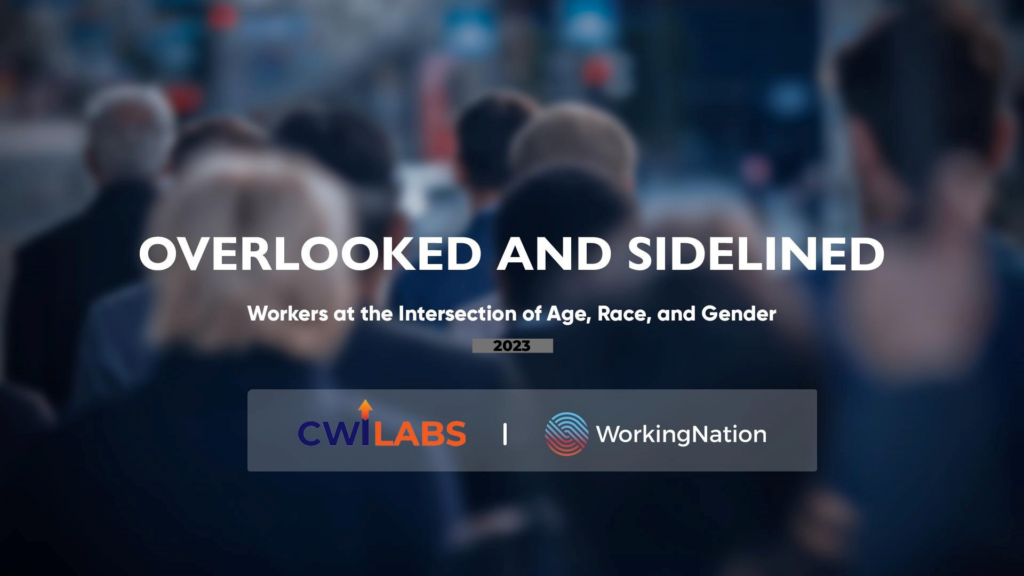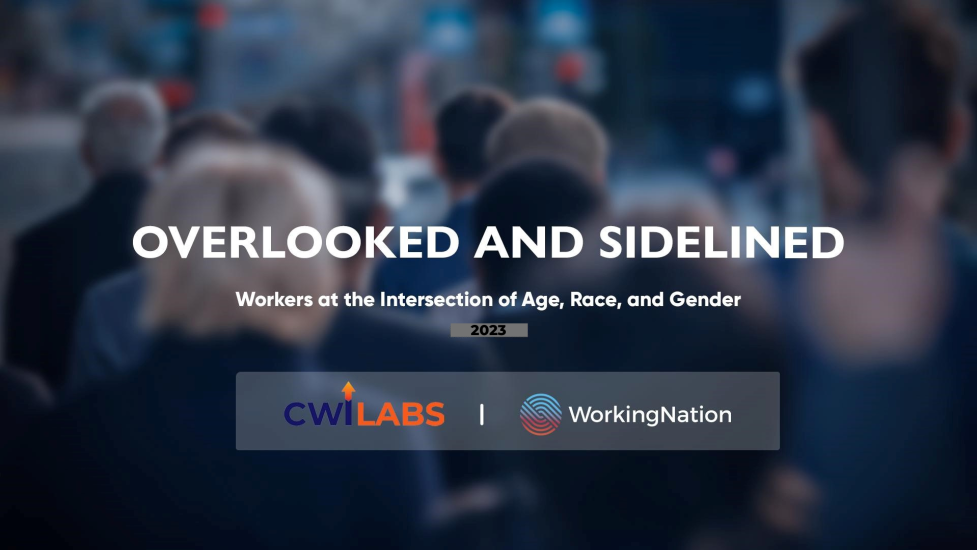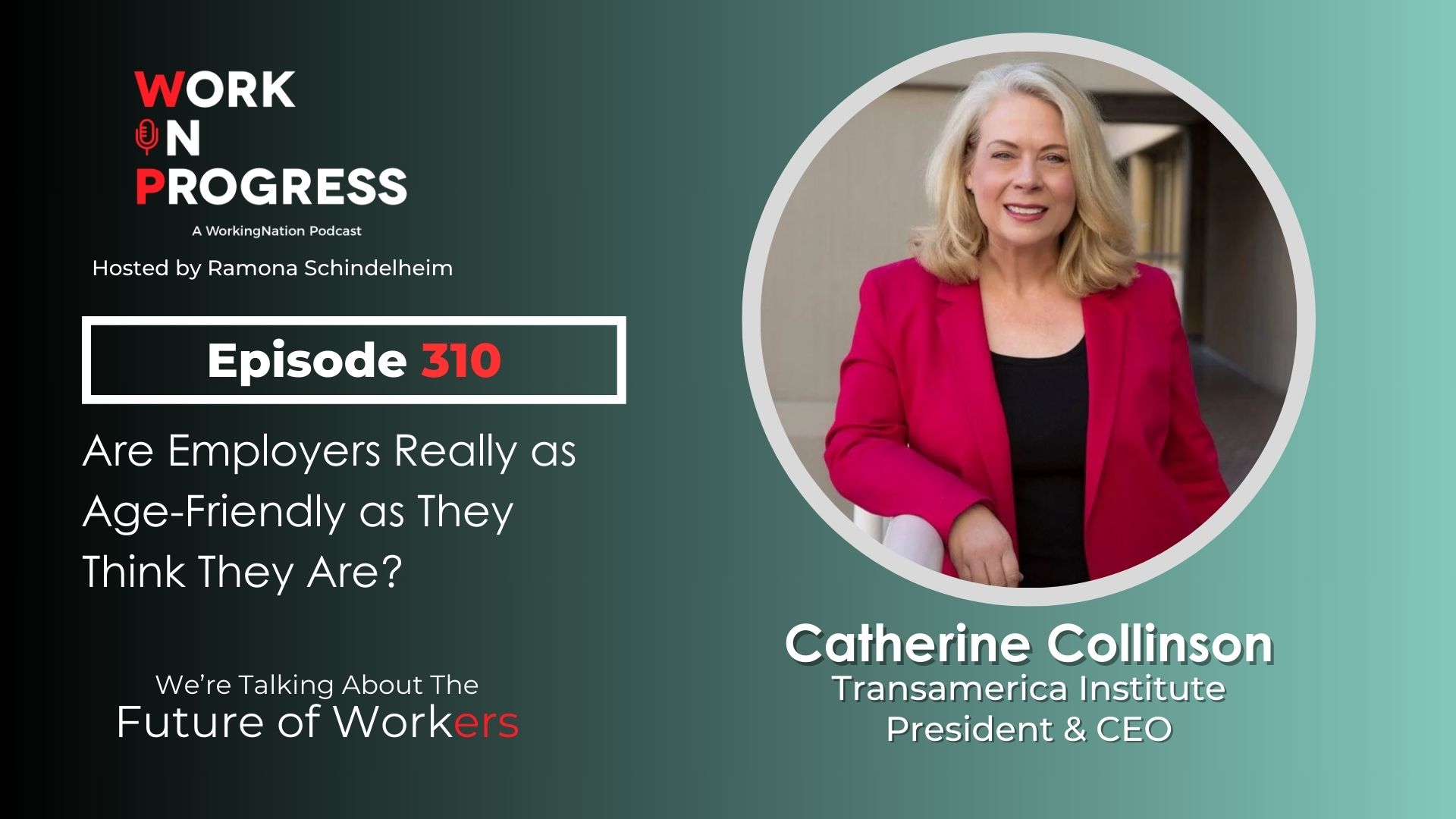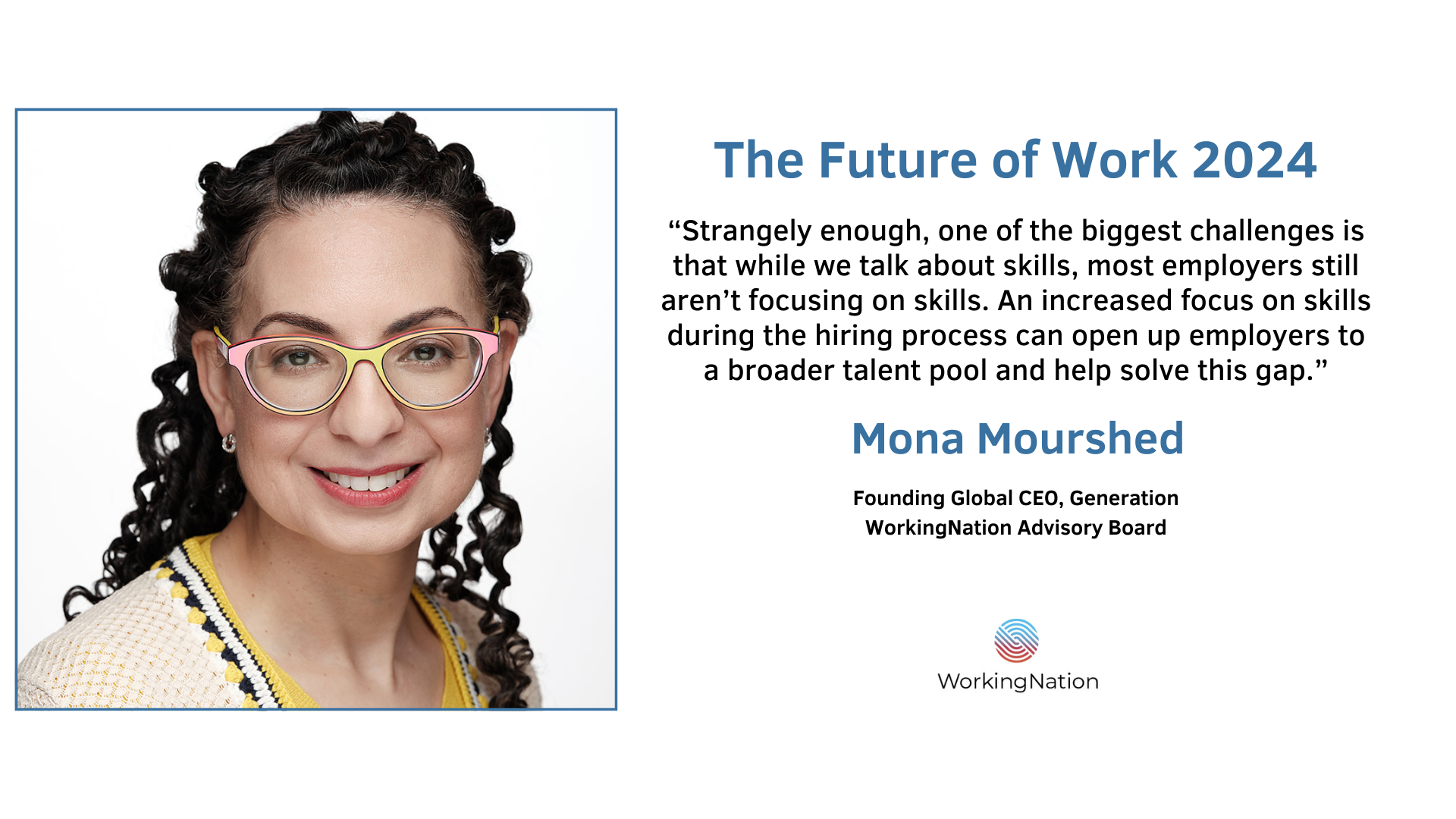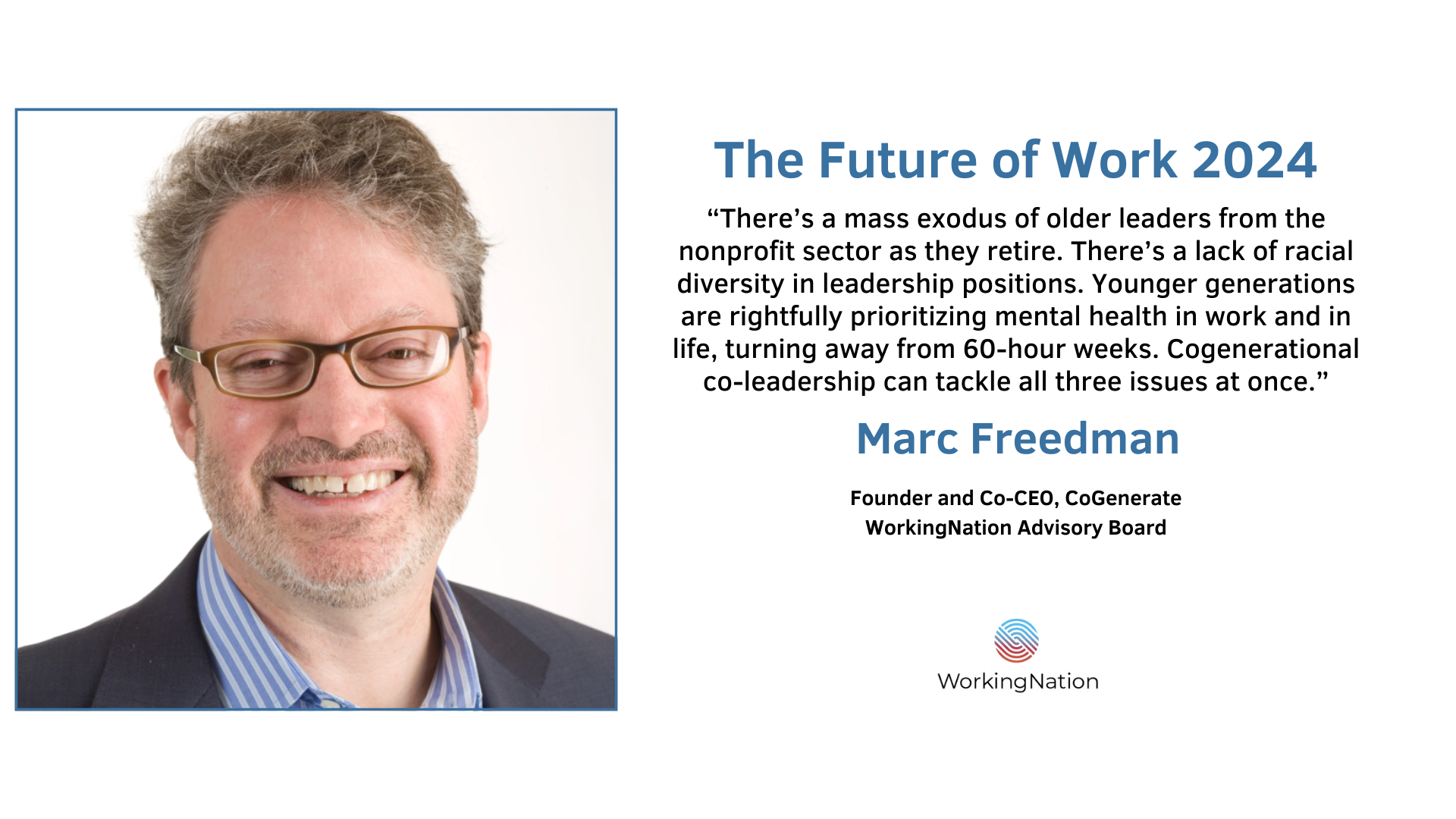Editor’s note: This article was originally published March 22, 2023. This update reflects new content added on May 17, including a guide for employers on best practices in engaging older workers in the workforce.

Older workers are critical to our nation’s labor force. In April, nearly 25% of all U.S. workers – 37.2 million – were over the age of 55. Six out of 10 (61%) of those workers were women of color.
Since the seismic economic shock initiated by COVID in March 2020, our workforce has regained many workers forced out of work by shut-down triggered layoffs. Employers have added 3,302,000 jobs to their payrolls over the past three years, but older adults are still struggling to get back into the workforce in meaningful, good-paying jobs.
One in five of the long-term unemployed – people looking for work for six months of longer – are over the age of 55, according to the latest BLS statistics.
Sixty-one (61%) of older workers say they believe they’ve been denied a job because of their age, while 25% of Black and Hispanic workers report being discriminated against in the workplace.
At many turns, ageism, racism, sexism, and an overall lack of access to upskilling programs are coming together to create barriers to economic opportunity for older workers.
These workers and job seekers are being overlooked and sidelined.
So, what does it take to ensure that older workers have equal access to the training and skills they need to thrive in today’s workforce?
CWI Labs and WorkingNation take an in-depth look at that question in our digital magazine Overlooked and Sidelined: Workers at the Intersection of Age, Race, and Gender.
“The exclusion of older Americans from opportunities for good, life-sustaining jobs within the workforce is not only a moral and an economic issue, it is one of the most important civil rights issues of our time,” write Gary Officer, founder and CEO of CWI Labs, and Art Bilger, founder and CEO of WorkingNation, in a joint letter introducing the magazine.
“This year, absorbing older workers back into the workforce will require a fundamental re-evaluation of our workforce priorities and a willingness to embrace the many talents – and skills – embedded within this segment of the workforce, as well as a continuing acknowledgement in hiring practices that age is just a number,” the letter continues.
Overlooked and Sideline outlines the state of the older worker in post-pandemic America, examining some of the issues that have created the barriers to employment. We also celebrate the attributes an older worker brings to the job.
We also look at solutions, including programs and initiatives that are making a difference to older workers today. The multimedia magazine features interviews with Jane Oates, president of WorkingNation, and Angela Beddoe, publisher and editor-in-chief of HERLIFE magazine, as well as the chair of the CWI Labs.
May is Older Americans Month. We take this opportunity to share with you a new guide – Age is Now a Strategic Imperative: An Employers Guide to Engaging Older Workers from the Encore Network – which summarizes the policies and practices that age-friendly employers are implementing and the resulting benefits.
Changing the Narrative – a NextFifty Initiative campaign – has used the month of May as a time to address ending ageism in society. This year, the theme is “Aging Unbound.” To share the message of how work, health, culture, and society, as a whole, could be impacted with an end to ageism, the organization has created a series of short videos, which you can watch in the magazine.
You can also watch panels from the Equity Summit 2022 in Washington, DC, late last year. You’ll hear from Mark Morial of the Urban League, Ramsey Alwin of the National Council on Aging, David Kim of the National Asian Pacific Center on Aging, Paul Irving of the Milken Institute, and many others.
We invite you to read, listen, and watch Overlooked and Sidelined here and we encourage you to share it with your network.
